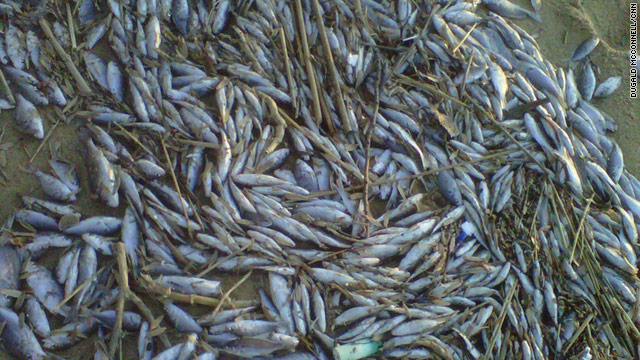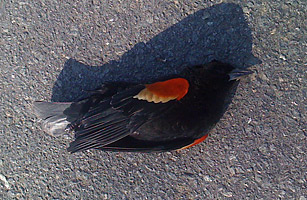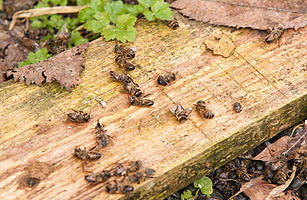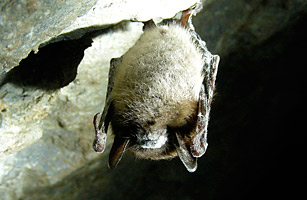 | 2 million fish found dead in Maryland - Authorities in Maryland are investigating the deaths of about 2 million fish in Chesapeake Bay. "Natural causes appear to be the reason," the Maryland Department of the Environment said in a news release. "Cold water stress exacerbated by a large population of the affected species (juvenile spot fish) appears to be the cause of the kill." The investigation comes days after the deaths of an estimated 100,000 fish in northwest Arkansas. "The affected fish are almost exclusively juvenile spot fish, 3 to 6 inches in length," the Maryland department said. Large winter kills of spot fish have occurred at least twice before in the state, in 1976 and 1980, the department said. |
 | Some residents in an Arkansas town must have felt transported to an earlier age of superstition when, over the first weekend of the new year, thousands of red-winged blackbirds fell dead from the sky. Like a grim omen, the same phenomenon occurred two days later, with some 500 blackbirds dropping dead in Louisiana. Scientists have puzzled over what killed them, ruling out disease or some form of poisoning. Instead, initial autopsies revealed internal trauma and hemorrhaging, possibly as a result of some violent midair collision among the blackbirds, who tend to fly in very tight formations. They could have also been disoriented by a passing thunderstorm and waterlogged by its rainfall. In any event, EPA officials swiftly arrived on the scene, wearing gas masks and fully covered in hazmat gear while cleaning away the corpses. These blackbirds certainly won't be baked in a pie. |
 | It started in 2006. Scores of honeybees began dying for seemingly no reason, prompting scientists to come up with the term "colony collapse disorder." According to the Department of Agriculture, reported bee-colony death rates in the U.S. were 29% in 2009, rising to 34% in 2010. And although a handful of plausible explanations have been offered — fungal infection, pesticides, climate change — no one really knows why they're dying. But it's not just honeybees: a recent study by the University of Illinois suggests that the four main types of bumblebee populations have plummeted more than 90% in the past 20 years. |
 | A mysterious fungal disease has been killing bats across the U.S. since the first cases were reported in New York in 2006. More than 1 million bats have died in the 14 states and two Canadian provinces where the so-called white-nose syndrome has been identified in the nocturnal mammals. The fungus itself doesn't kill the creatures, but rather attacks the hibernating animals on their mouth and nose and prevents them from sleeping. When they are aroused from their slumber, the bats leave their caves for food and burn up body-fat reserves, eventually freezing or starving to death. Wildlife commissions across the nation have ordered the closure of hundreds of caves and abandoned mines until a source of the disease and a possible cure or treatment can be identified. |
 | Over the course of two months in 2009, millions of sardines, thousands of flamingos, hundreds of penguins and nearly 60 pelicans died in seemingly unrelated incidents. First, it was the penguins. About 1,200 were found dead in late March on a remote beach in southern Chile. Next, in April, millions of sardines washed ashore nearby. Then thousands of the rare Andean flamingo abandoned their nests in the north of Chile, leaving their 2,000 chicks to die in their shells. Lastly, in late May, nearly 60 pelicans were found dead on the South American nation's central coast. What's worse, no one could say concretely why these animals had died. While some pointed to global warming, overfishing, pollution or disease, most blamed Chile's especially dry and hot 2009 summer. |
Thursday, January 6, 2011
Top 10 Strange Mass Animal Deaths
Read complete list of Mass Animal Deaths
Subscribe to:
Post Comments (Atom)

No comments:
Post a Comment